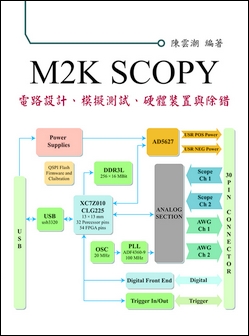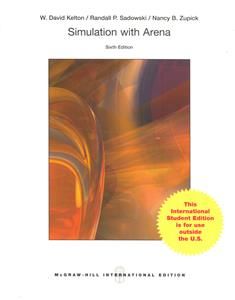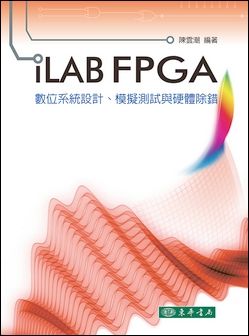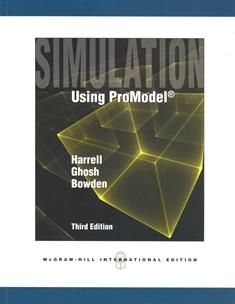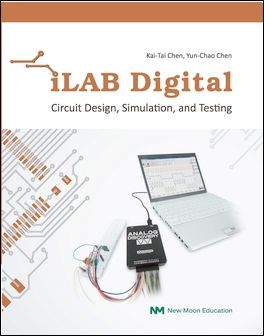書籍分類
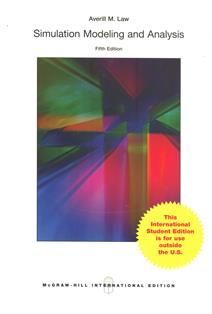
Simulation Modeling and Analysis 5/e
作者:Averill Law
原價:NT$ 1,150
ISBN:9781259254383
版次:5
年份:2015
出版商:McGraw-Hill
頁數/規格:776頁/平裝單色
版次:5
年份:2015
出版商:McGraw-Hill
頁數/規格:776頁/平裝單色
內容介紹 本書特色 目錄
- Description
- A first course in simulation at the junior, senior, or beginning-graduate-student level in engineering, manufacturing, business, or computer science (Chaps. 1 through 4, and parts of Chaps. 5 through 9). At the end of such a course, the students will be prepared to carry out complete and effective simulation studies, and to take advanced simulation courses.
- A second course in simulation for graduate students in any of the above disciplines (most of Chaps. 5 through 12). After completing this course, the student should be familiar with the more advanced methodological issues involved in a simulation study, and should be prepared to understand and conduct simulation research.
- An introduction to simulation as part of a general course in operations research or management science (part of Chaps. 1, 3, 5, 6, and 9).
Since the publication of the first edition in 1982, the goal of Simulation Modeling and Analysis has always been to provide a comprehensive, state-of-the-art, and technically correct treatment of all important aspects of a simulation study. The book strives to make this material understandable by the use of intuition and numerous figures, examples, and problems. It is equally well suited for use in university courses, simulation practice, and self study. The book is widely regarded as the a€œbiblea€ of simulation and now has more than 100,000 copies in print. The book can serve as the primary text for a variety of courses; for example:



